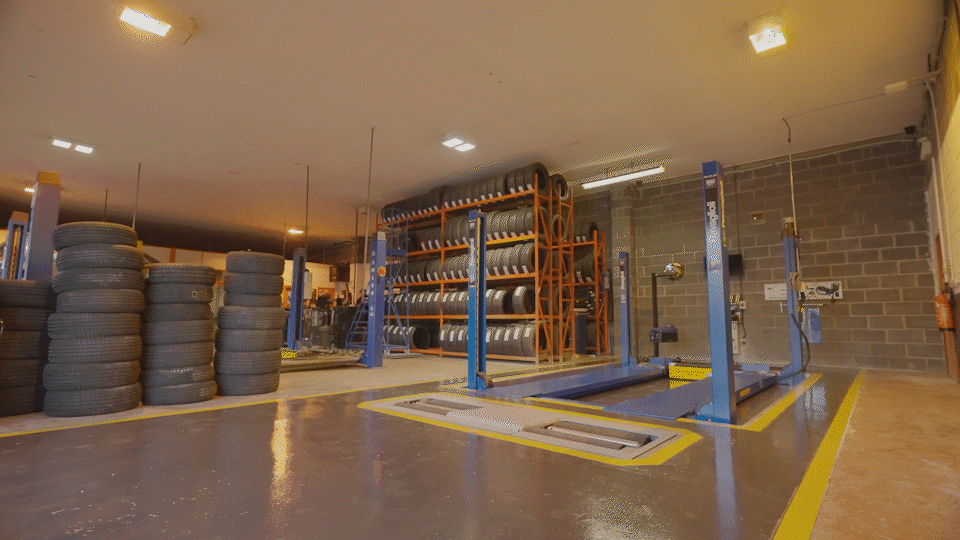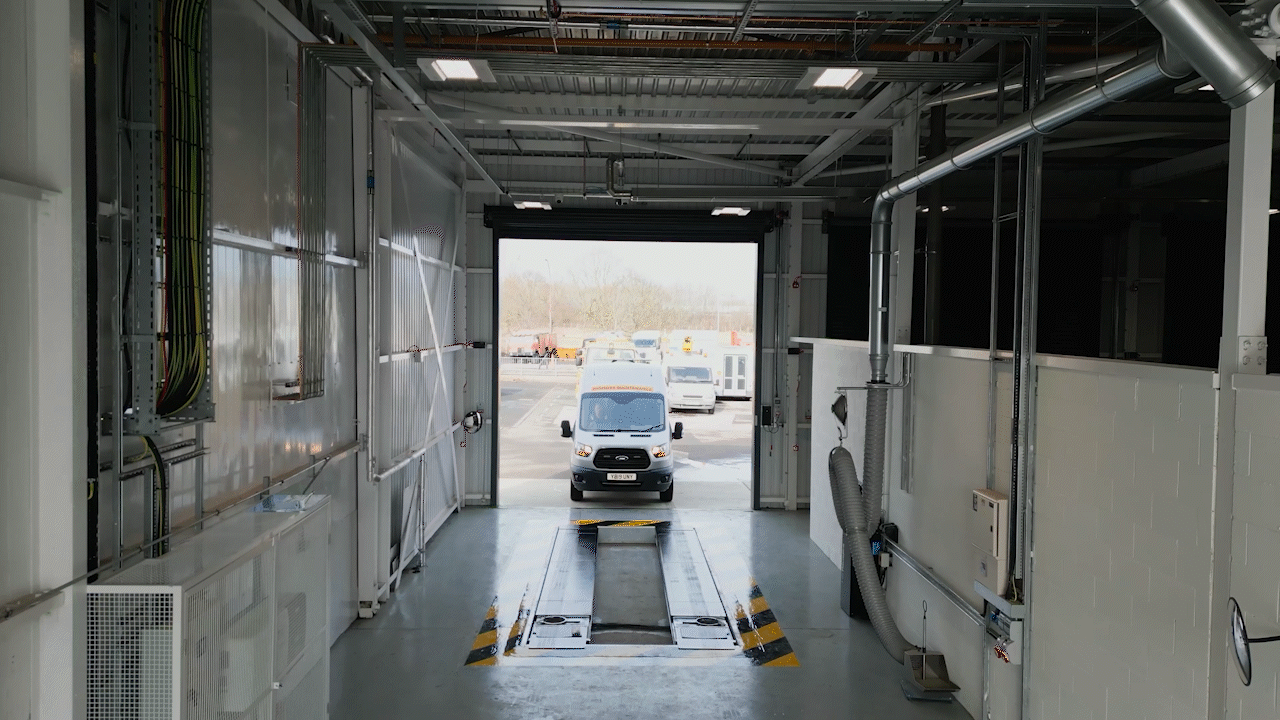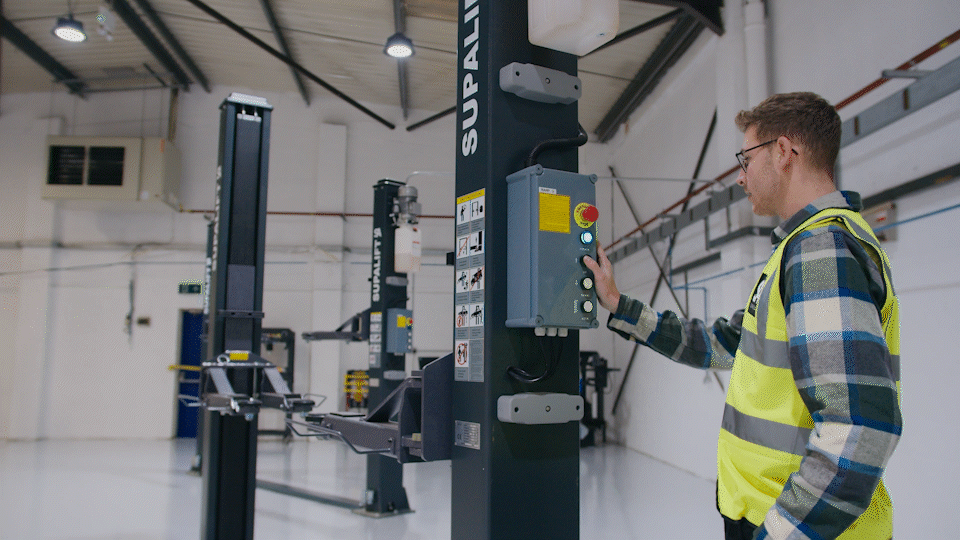Advanced Driver Assistance Systems (ADAS): Enhancing Safety and Comfort on the Roads

The automotive industry has witnessed remarkable advancements in recent years, particularly in the realm of vehicle safety and driver assistance. Advanced Driver Assistance Systems (ADAS) have revolutionised the way vehicles operate by incorporating cutting-edge technologies to enhance safety, improve driver comfort, and reduce the likelihood of accidents. In this article, we will explore what ADAS entails, its components, and how it benefits both drivers and passengers.
Defining Advanced Driver Assistance Systems (ADAS)
ADAS refers to a collection of electronic systems and technologies designed to assist drivers in the driving process, offering additional support, warnings, and automated features. These systems utilize sensors, cameras, radar, and other advanced technologies to gather data about the vehicle's surroundings, road conditions, and driver behaviour. ADAS provides real-time information, analysis, and assistance to enhance driver safety and overall driving experience.
Key Components of ADAS
- Collision Avoidance Systems: ADAS includes collision avoidance systems that use sensors and cameras to detect obstacles, pedestrians, and vehicles in the vicinity. These systems can provide warnings or even initiate automatic braking to prevent or minimise the impact of potential collisions.
- Lane Departure Warning and Lane-Keeping Assist: ADAS employs cameras and sensors to monitor lane markings and the vehicle's position within the lane. Lane departure warning systems alert drivers if they unintentionally drift out of their lane, while lane-keeping assist systems actively intervene to gently steer the vehicle back into the correct lane.
- Adaptive Cruise Control: This feature uses radar and sensors to maintain a safe distance from the vehicle ahead, automatically adjusting the vehicle's speed to match the traffic flow. Adaptive cruise control enhances driver comfort by reducing the need for constant speed adjustments while ensuring safe following distances.
- Blind Spot Detection: ADAS incorporates sensors and cameras to detect vehicles in the blind spots, alerting the driver through visual or auditory warnings. Blind spot detection systems significantly enhance driver awareness and reduce the risk of collisions during lane changes or overtaking manoeuvres.
- Parking Assistance: ADAS offers parking assistance systems that employ sensors and cameras to assist drivers in parking manoeuvres. These systems provide visual and audible cues, enabling precise and safe parking in tight spaces.
Benefits of ADAS
- Enhanced Safety: ADAS technologies work together to enhance driver safety by providing timely warnings, automated interventions, and additional assistance. By detecting potential hazards and alerting the driver, ADAS systems help prevent accidents and reduce the severity of collisions, saving lives and minimising injuries on the road.
- Improved Driver Comfort: ADAS features alleviate the physical and mental strain on drivers, especially during long journeys or in congested traffic. Systems such as adaptive cruise control and lane-keeping assist reduce driver fatigue, allowing for a more relaxed and comfortable driving experience.
- Accident Prevention: By continuously monitoring the vehicle's surroundings, ADAS systems can anticipate potential hazards and take corrective actions to prevent accidents. Whether it's warning the driver of an impending collision or automatically applying brakes in emergency situations, ADAS technologies play a critical role in accident prevention.
- Traffic Efficiency: ADAS systems contribute to improving traffic flow and reducing congestion. Adaptive cruise control maintains safe distances between vehicles, reducing sudden braking and accelerating patterns. This smooth and consistent driving behaviour helps alleviate traffic congestion, resulting in more efficient road networks.
- Insurance and Cost Benefits: The integration of ADAS technologies in vehicles has the potential to reduce insurance premiums as they improve driver safety and reduce the likelihood of accidents. Moreover, by preventing accidents and minimising collision severity, ADAS systems can lead to significant cost savings in vehicle repairs and medical expenses.
Advanced Driver Assistance Systems (ADAS) have transformed the automotive industry by incorporating cutting-edge technologies to enhance driver safety, comfort, and overall driving experience. By utilizing sensors, cameras, radar, and other advanced components, ADAS systems provide real-time information, warnings, and automated interventions to prevent accidents and improve traffic efficiency. The ongoing advancements in ADAS technology promise a future of safer roads, reduced congestion, and enhanced driver well-being.
Click here to view our range of ADAS systems.













